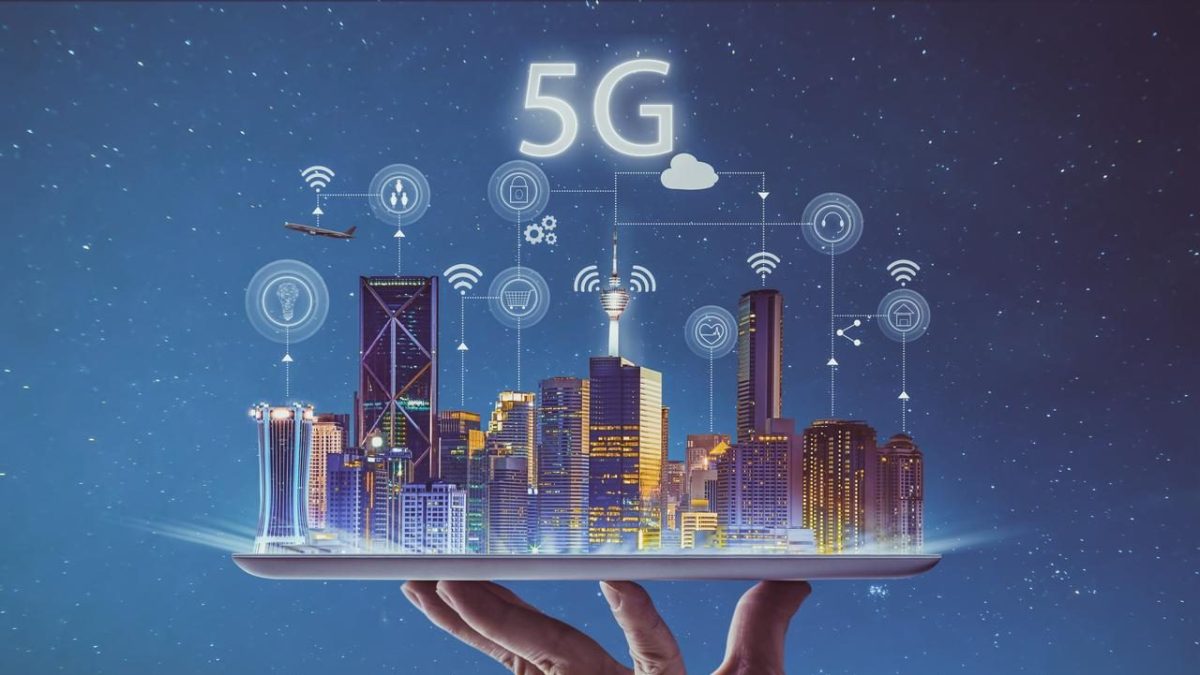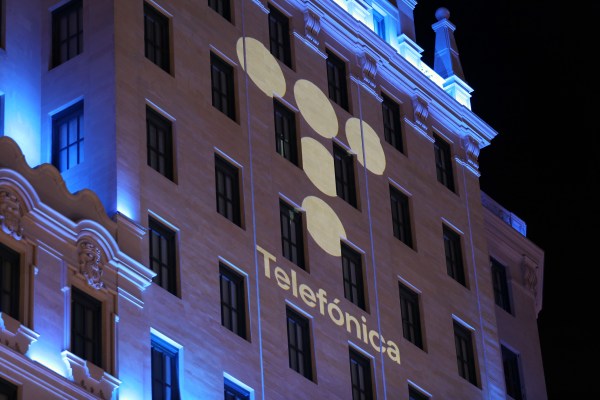It seems like only yesterday that we started talking about the concept of 5G and its different use cases. However, a few years later, this technology has gone from being a mere concept to a reality.
Although it is present in many aspects of our daily lives, are we really clear about what we mean when we talk about this new technology? To understand the concept of a 5G system, we first need to understand its requirements and specifications.
5G requirements and specifications
When we talk about the fifth generation of mobile communications networks, we really need to focus on the requirements set by the ITU (International Telecommunications Union) for IMT-2020 systems. With a view to defining the different usage scenarios for 5G, these requirements are divided into three key lines of work: eMBB (Enhanced Mobile Broadband), mMTC (Massive Machine Type Communications) and uRLLC (Ultra-Reliable and Low Latency Communications).
On the one hand, eMBB communications are related to user experience, enabling peak speeds of 20 Gbps (i.e. 20 times higher than 4G) and increasing traffic density by 100 times per unit area, allowing, for example, the delivery of ultra-high definition content or augmented reality experiences. On the other hand, mMTC communications increase the capacity to support a density of connected devices 10 times higher than 4G, which allows, among other things, the massive deployment of sensors, the Internet of Things or the growth of Big Data services. Finally, when we talk about uRLLC, we are referring to low latency communications of around 1 millisecond compared to the 20-30 milliseconds typical of 4G networks. This condition may make them suitable for applications that have specific requirements in this area, such as connected vehicles or telemedicine services.
5G network deployment
The deployment of the 5G network is being carried out progressively and in different phases. In the first phase, the network was put into service by combining the deployment of 5G in Non Stand Alone (NSA) mode and Dynamic Spectrum Sharing (DSS) spectrum sharing technology, and then started to become a Stand Alone (SA) network. At the same time, it is necessary to take into account that these new deployments have to be accompanied by a gradual shutdown of the second and third generation networks, which have been necessary until now to provide voice services, in order to free up spectrum for this technology.
5G applications
Leaving aside the more technical details, let us now focus on the applications that this new technology brings with it. Looking back, the first and second generation of mobile communications made mobile telephony possible for commercial purposes. The third generation made mobile internet a reality, while the fourth generation has considerably improved the user experience, providing higher data transmission rates, and of course, higher capacity. The advent of all these generations has been self-justified both technically and economically, however, if we focus only on communications related user experience, it may seem that this fifth generation will not generate as much demand as its predecessors did.
At this point, we can see that 5G is not only about communicating people, but also about machine-to-machine (M2M) communications. Based on this type of communications, the development of different use cases has allowed Telefónica to lead the way towards 5G in Spain in recent years, with pioneering proposals such as the pilot experience developed with Atlético de Madrid in which a group of fans were able to enjoy an immersive experience thanks to 5G and virtual reality, or the installation in the Abanca-Riazor stadium in A Coruña of various tools to improve the experience of the fans in the stadium and those who follow the matches on television.
Conclusions
The advances that this technology brings with it have great potential, even so, there are still technological limits to be exploited that aim very high. The progressive deployment of mobile networks, together with the progress in the different use cases, are the key to the development of new 5G services that help to improve current processes, digital transformation or the provision of new services.







